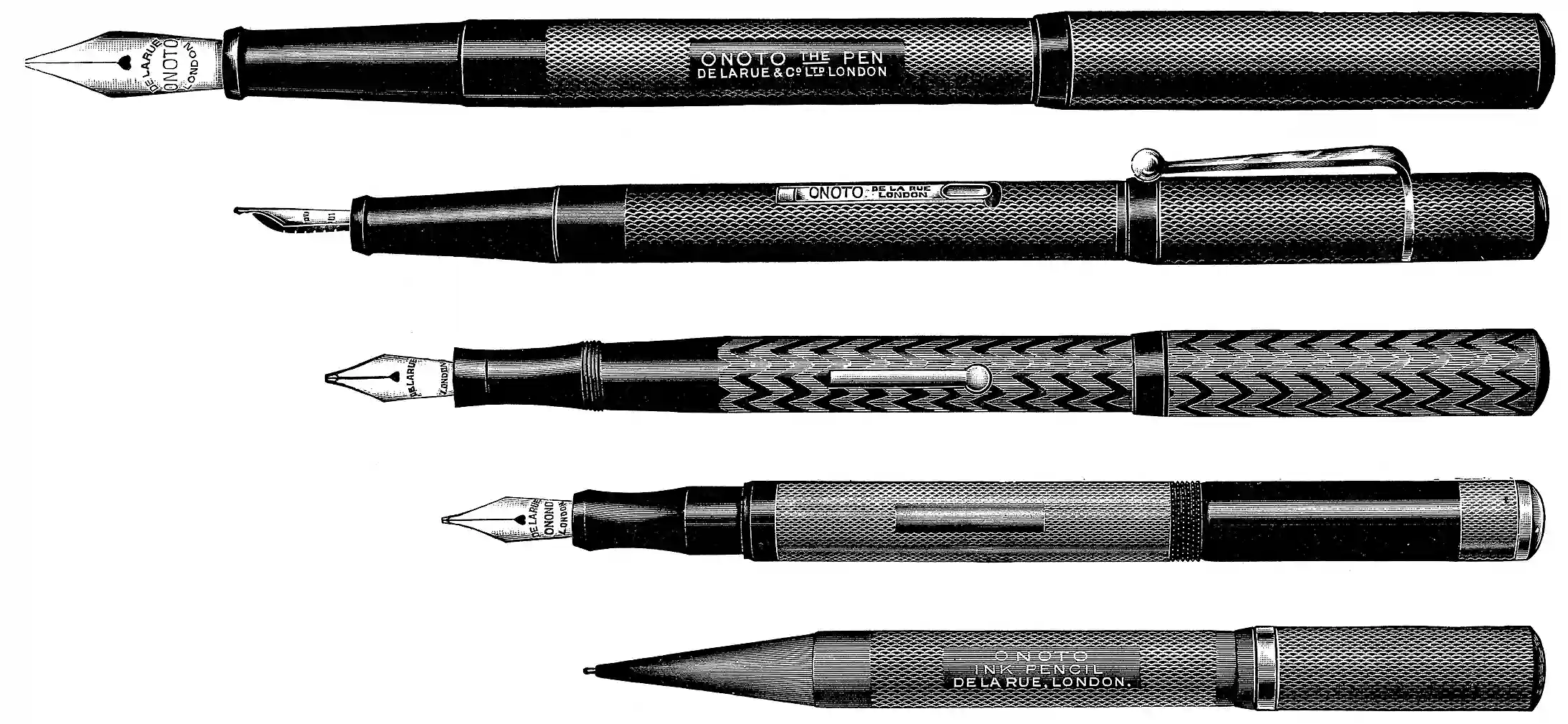
2 min read
What makes a good brief?
Let’s be honest — most of us don’t exactly love admin. Filling out a brief, or convincing clients to do so, can feel like another box to tick before we dive into the real work. But a well-crafted brief isn’t just a formality; it’s the foundation of a successful project.
A good brief defines the challenge, aligns expectations, and sets the tone for collaboration. More than that, it should also inspire and energise you to do what you do best. Solve problems.
Years ago, a wise creative director told me, “If you don’t come away from a briefing with at least one idea, the brief is bad.” That stuck with me, and I think this in essence explains the job of a brief in the creative process.
Bad Brief vs. Good Brief
A bad brief is little more than a glorified to-do list. It reels off what the client wants but provides no insight into why it matters. It’s dry, uninspiring, and leaves you cold.
A good brief tells a story. It explains the problem, defines the landscape it exists in, and leaves enough space for exploration, innovation, and true creative thinking. It strikes the perfect balance between clarity and scope — providing background, insights, and client learnings without drowning you in unnecessary details. A well-written brief creates fertile ground where good ideas can take root and flourish.
The Art of Writing a Good Brief
Great briefs don’t happen by accident. Most clients won’t instinctively know how to write one — they’ll need guidance. They need to understand the creative process, trust your expertise, and resist the urge to micromanage. That’s a big ask. So, part of your job is to steer them in the right direction, be patient, and treat the briefing process as a collaborative, critical step in the project.
So yes, it’s another box to tick. But if you’re going to tick any box, make sure it’s the well-written brief one.
By Matt Goodall
Become one our first 50 beta testers
Help us craft this tool so it's the best it can be for all freelance creatives.